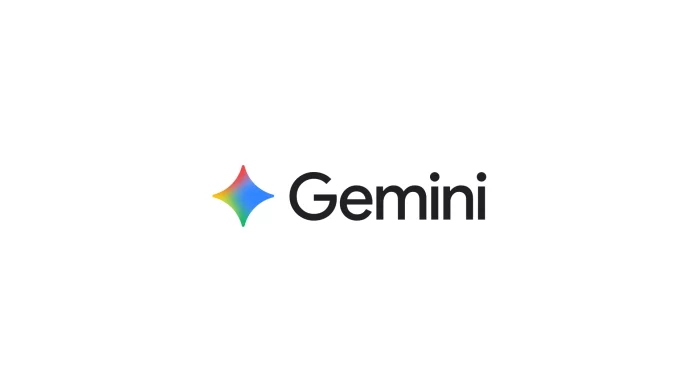Google is reportedly preparing to launch Gemini 3.0 on October 22, marking the next major leap in its generative AI lineup. The new model has apparently been in testing for several weeks, and though official details remain scarce, speculation suggests improvements in latency, efficiency, and cost-effectiveness.
Gemini 3.0 is also expected to integrate more deeply across Google’s AI ecosystem, potentially powering advanced tools like Veo, the company’s video generation platform. While these details remain unconfirmed, early testers appear to have uncovered something extraordinary.
Gemini 3.0 May Be Capable of Building Functional Operating Systems
Some testers claim that Gemini 3.0 can do more than just create images or snippets of code—it can generate interactive, functioning virtual environments. One user allegedly prompted Gemini 3.0 to replicate iOS, macOS, and Windows, not as simple mockups but as working virtual operating systems with clickable, usable interfaces.
If real, these experiments hint at a powerful new Gemini 3.0 feature: real-time UI generation for applications, operating systems, or websites. In the shared demos, users can navigate virtual desktops, open apps, and even interact with them—mirroring the experience of using an actual computer.
This capability recalls Anthropic’s recent “Imagine with Claude” preview, which showcased similar interactive simulation features through its Claude Sonnet 4.5 update.
Early Demos Ignite Buzz
Tech enthusiast Chetaslua showcased a 92-second demo on X (formerly Twitter) that he claims was generated using Gemini 3.0 Pro. The video, now viewed over 3.7 million times, displays a virtual macOS environment booting up complete with a dock, a top menu bar, and functional apps like Safari. Users can drag windows, browse the web, and even minimize programs—though sharp-eyed observers noticed telltale inconsistencies confirming it’s not a genuine Mac OS.
Still, the technology’s ability to replicate interactive interfaces with such fidelity is remarkable.
The same creator later posted a Windows simulation, reportedly created with a single prompt. The AI-generated system included a working text editor, a terminal with Python support, and even a playable mini-game—all rendered as a single HTML file runnable in Chrome. While less refined than the macOS demo, it highlighted Gemini’s growing ability to merge creativity with functionality.
Chetaslua also shared an iPhone 3G-style simulation, and another user followed up with a modern iOS clone, both generated after one-line prompts.
What Comes Next?
If these leaks are legitimate, Gemini 3.0 may set a new benchmark for multimodal and interactive AI—one capable of building complete, functioning digital environments in seconds. Whether these capabilities will be widely accessible or reserved for internal or professional tiers remains to be seen.
With Google’s rumored October 22 launch window approaching, all eyes are on Mountain View to see if Gemini 3.0 delivers on its growing hype.




